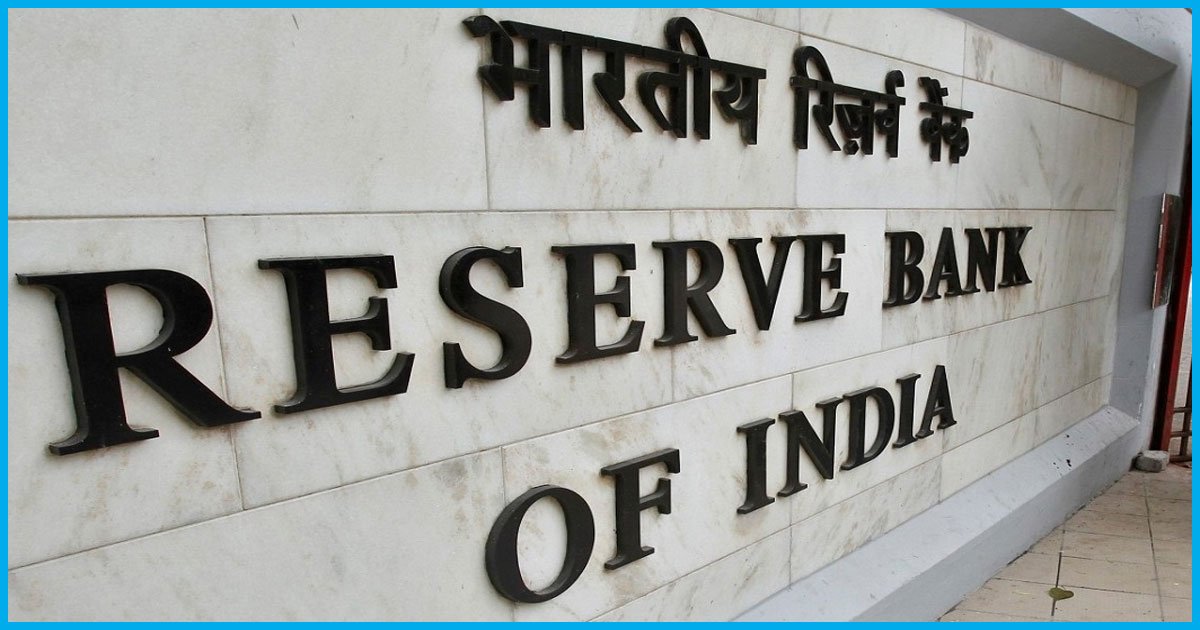
RBI Deputy Governor Position Vacant For The Last Seven Months
23 Feb 2018 10:27 AM GMT
With the government failing to find a replacement for SS Mundra who retired in July, the RBI does not have a full-time deputy governor (DG) handling the supervision of both state-run and private-run banks for close to seven months.
Mundra has been RBI’s DG since August 2014. He served as Chairman and Managing Director of Bank of Baroda from January 21, 2013 to July 30, 2014.
Out of the four DGs that RBI has, one operates for the banking sector.
With the retirement of SS Mundra, the Reserve Bank redistributed portfolios among the remaining three deputy governors, under which NS Vishwanathan was temporarily appointed for handling the crucial supervision departments.
He was in-charge of the department of banking supervision, the department of non-banking control and the department of cooperative banking supervision, which were earlier handled by Mundra, the central bank said.
While RBI has an economist in Viral Acharya, and B P Kanungo and N S Vishwanathan have risen through the ranks, the regulator does not have a full-time head of the department that oversees the functioning of banks.
When the fourth DG retired on July 30, the government had initiated the process to fill the seat, however, scrapped the panel of short-listed candidates who had been interviewed. Nonetheless, the government restarted the process of interviews after four months in December but is yet to shortlist a new set of candidates.
While several bankers are running in the race to head the country’s largest bank, many see SBI MD B Sriram as a top contender. Since last time, public sector bankers, usually CMDs were considered to be appointed as DGs, but then private sector and foreign sector banks were being taken into consideration also.
Why was the department set up
The department of banking supervision was set up in 1993 after the Harshad Mehta scam where the RBI’s role had come under scrutiny.
Harshad Mehta was an Indian stockbroker who was charged with numerous financial crimes that took place in 1992. As alleged, Mehta engaged in a massive stock manipulation scheme financed by worthless bank receipts, which his firm brokered in “ready forward” transactions between banks. He was convicted by the Bombay High Court and Supreme Court of India for his role in a financial scam of Rs 4999 crore at the Bombay Stock Exchange. The scandal exposed loopholes in the Indian Banking System and Bombay Stock Exchange (BSE) transaction system. SEBI further introduced new rules to cover those loopholes.
What does the department do?
The Banking Regulation Act, 1949 empowers the Reserve Bank of India to inspect and supervise commercial banks. It was till 1993 that regulatory and supervisory functions over commercial bank were performed by the Department of Banking Operations and Development (DBOD). Subsequently, a new department of Banking Supervision was set up to take over the supervision functions relating to commercial banks.
Banking Supervision’s role is under the scanner as RBI had failed in detecting the alleged over Rs 11,300-crore fraud that persisted for over six years until it was exposed in January after being flashed by PNB.
 All section
All section













